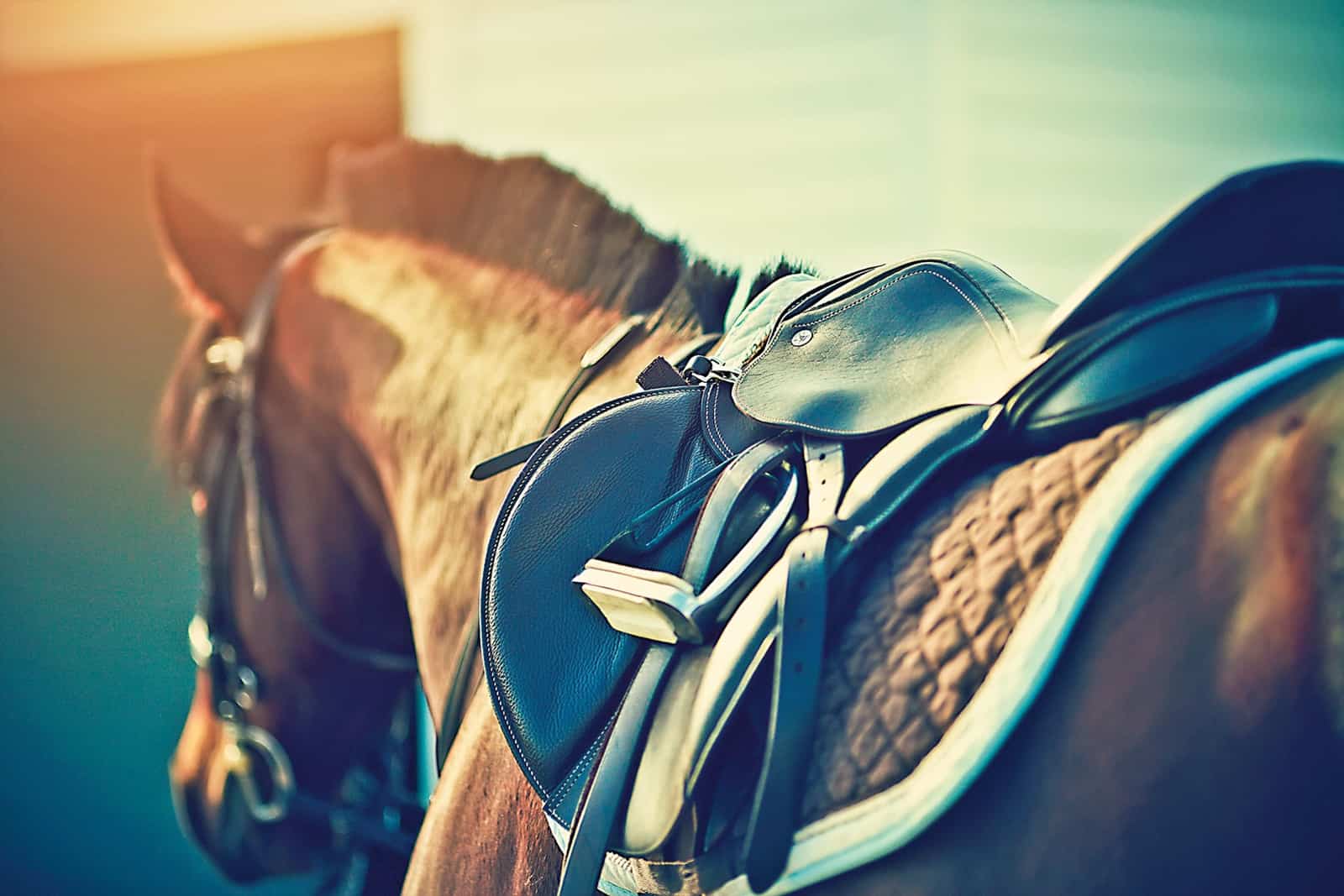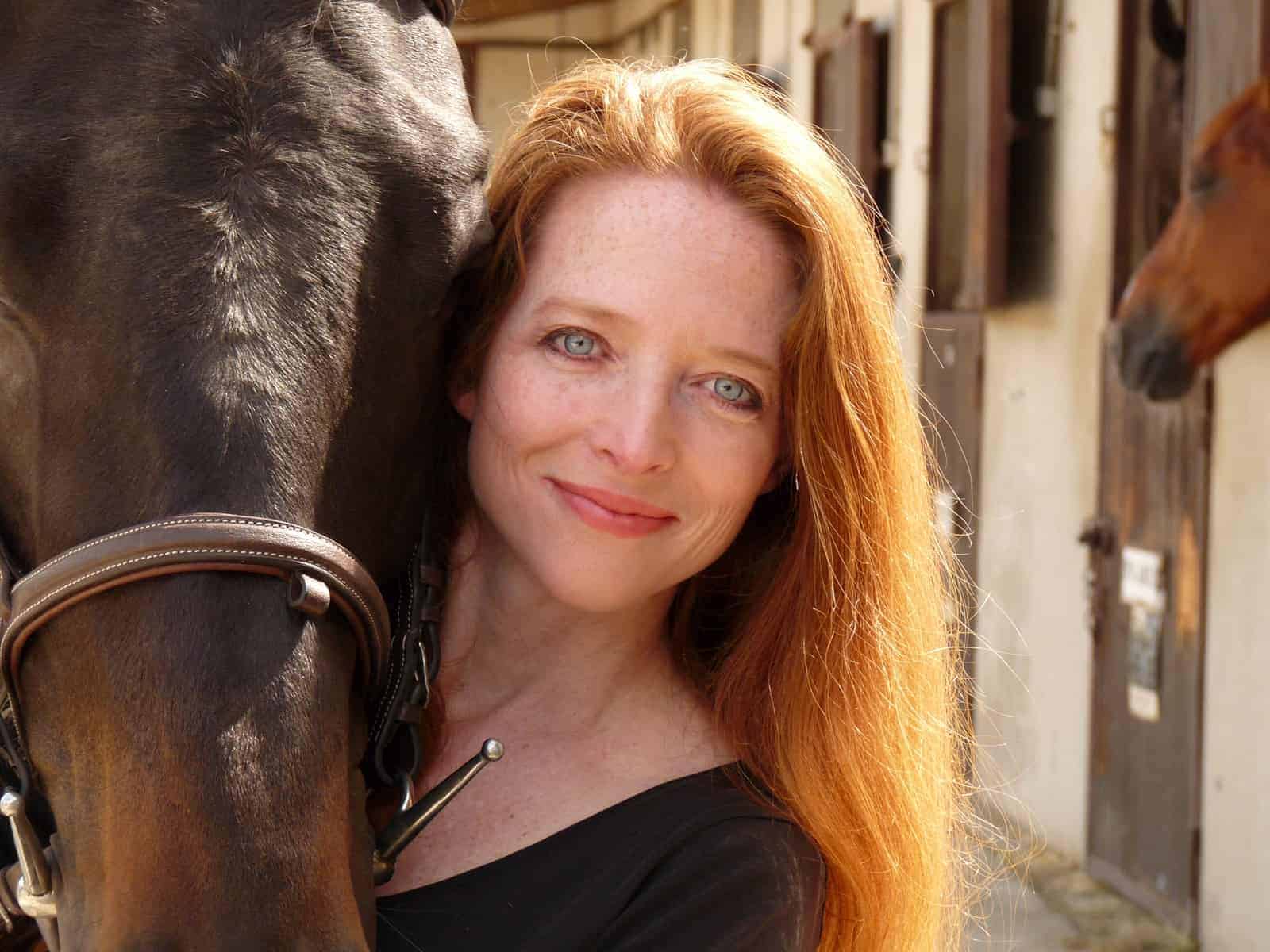Does Your Horse’s Saddle Fit?
- Topics: Article, Back and Spine, Lameness, Sports Medicine, Tack

Having your saddle fit is paramount to your horse’s comfort and soundness
Imagine buying a pair of hiking boots in preparation for a six-month trek across the great American wilderness. Any old boot will do, right? Just the cheapest? Or maybe you should buy a name brand online in your size and hope it fits. After all, if it doesn’t, you can always just add extra layers of socks!
Of course you wouldn’t do that to yourself. Not only would it kill your feet, but the way you’d walk to compensate for the pain could end up causing knee, hip, and back pain, as well. You’d probably drag along behind the others in your group. And that uncomfortable fit could make you a particularly grumpy hiker prone to complaining and getting into arguments.
While the hiking boot situation might seem absurd, the reality is that we riders do this all the time to our horses. If you think saddle fit is overrated, take a moment to think about those miserable hiking boots. Asking your horse to perform under a poorly fitted saddle is going to cause him pain and musculoskeletal issues. Ultimately, it’ll make him a poor performer—perhaps with a sour attitude, to boot
Create a free account with TheHorse.com to view this content.
TheHorse.com is home to thousands of free articles about horse health care. In order to access some of our exclusive free content, you must be signed into TheHorse.com.
Start your free account today!
Already have an account?
and continue reading.

Written by:
Christa Lesté-Lasserre, MA
Related Articles
Stay on top of the most recent Horse Health news with















